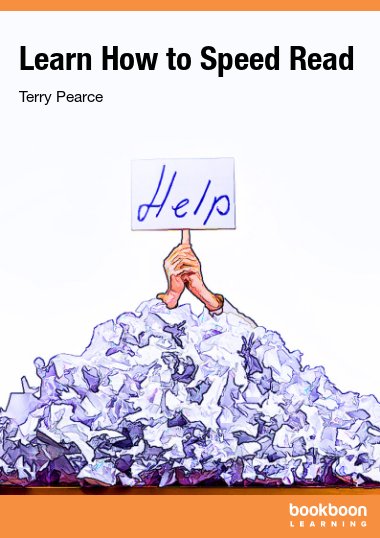Most people would like to read more quickly. Reports, legal documents, emails: the more you have to read, the less time you have for everything else. A faster reading speed will pay back time with every document. So it’s understandable that Speed Reading techniques have been popular since they were first publicised in the 1950s. In this book, we will explore how most people read, what techniques are available to adapt and improve your reading, which tools work, and how they can be used to make real gains. Along the way, we’ll test your progress so you can see how the tools work for you.
About the author
After a career in learning and development in the NHS and in telecoms, Terry Pearce founded 360 Learning Design in 2005. Since then, he’s helped thousands of learners to improve their communication, approaches, and results. Terry’s passion is deconstructing complex, deep or unfamiliar management and personal effectiveness topics and creating practical, engaging learning materials.


